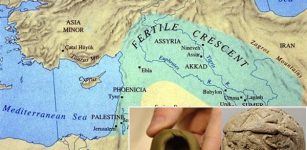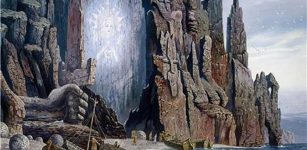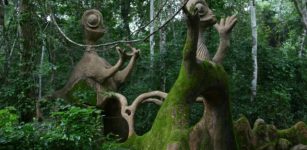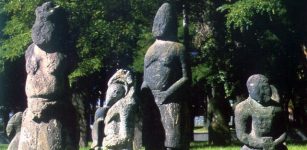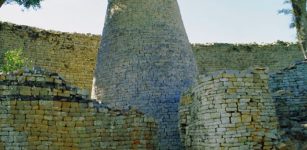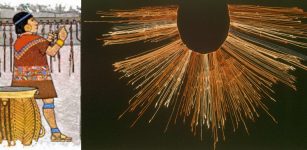Buried Pyramid At Tiahuanaco: Excavations At The Ancient Fortress Near Akapana Pyramid, Bolivia
MessageToEagle.com – A group of technicians from the Center for Archaeological, Anthropological and Tiwanaku Management Research (CIAAAT) will soon begin excavations at the ancient fortress of Tiahuanaco after a buried pyramid was detected, according to the government of Bolivia announcement.
“We will explore Kantatallita, east of the Akapana pyramid, because we have found in a satisfactory way, that is a pyramid of three levels, not only the model,” Ludwig Cayo, the director of CIAAAT said.
In a presentation for the media, Cayo outlined a five-year for further research at Tiahuanaco, an archaeological site 71 kilometers (44 miles) west of La Paz that was the cradle of an ancient civilization predating the Incas.
The formation is located in the area of Kantatallita, east of the Akapana pyramid, approximately cross-shaped pyramidal structure that is 257 m wide, 197 m broad at its maximum, and 16.5 m tall. At its center appears to have been a sunken court.
Originally, the Akapana was thought to have been made from a modified hill. Twenty-first century studies have shown that it is a manmade earthen mound, faced with a mixture of large and small stone blocks. The dirt comprising Akapana appears to have been excavated from the “moat” that surrounds the site.
The largest stone block within the Akapana, made of andesite, is estimated to weigh 65.70 metric tons.
The structure was possibly for the shaman-puma relationship or transformation through shape shifting. Tenon puma and human heads stud the upper terraces.
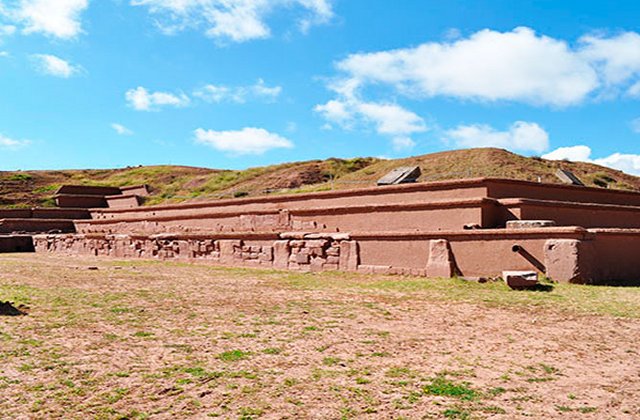
The Akapana East was built on the eastern side of early Tiwanaku. Later it was considered a boundary between the ceremonial center and the urban area. It was made of a thick, prepared floor of sand and clay, which supported a group of buildings.
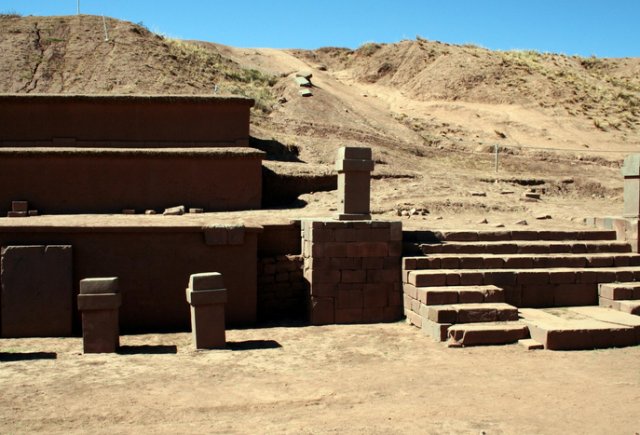
Excavations may start in May or June, depending on the timing of cooperation agreements with foreign universities and institutes to enroll more forensic archaeology experts in the effort, Cayo said.
Besides the pyramid, ground-penetrating radar has detected “a number of underground anomalies” that might be monoliths, but those findings require more detailed analysis.
Tiahuanaco was the capital of a pre-Columbian empire known as Tiwanaku that left a legacy of impressive stone monuments such as Kalasasaya, the semi-underground Templete, sculptures of prominent figures, the Gate of the Sun and ruins of palaces.
Bolivian researchers say Tiahuanaco began as an agricultural village around 1580 B.C. and grew to become an imperial state by A.D. 724, but was in decline by the late 12th century.
At its peak, the Tiwanaku realm occupied over 600,000 square kilometers (231,000 square miles).
MessageToEagle.com

